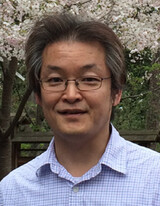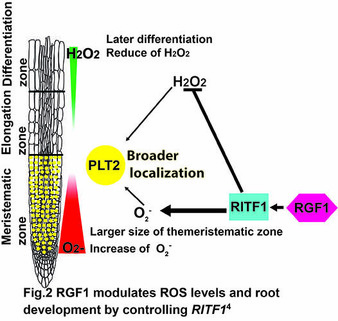
山田昌史
助研究員
(06)216-6859
masyamad@sinica.edu.tw
辦公室:南部院區研究大樓Ⅰ 215室
2018-present Assistant Research Fellow.
2015-2018 Research Scientist, Duke University, U.S.A.
2010-2015 Postdoctoral Fellow, Duke University, U.S.A.
2008-2010 Postdoctoral Fellow, University of Tokyo, Japan
2002-2008 Ph.D., Indiana University, Bloomington, U.S.A.
1997-2001 Application engineer, Leica Microsystems K.K., Japan
1995-1997 M.S., University of Tsukuba, Japan
1991-1995 B.S., University of Tsukuba, Japan

